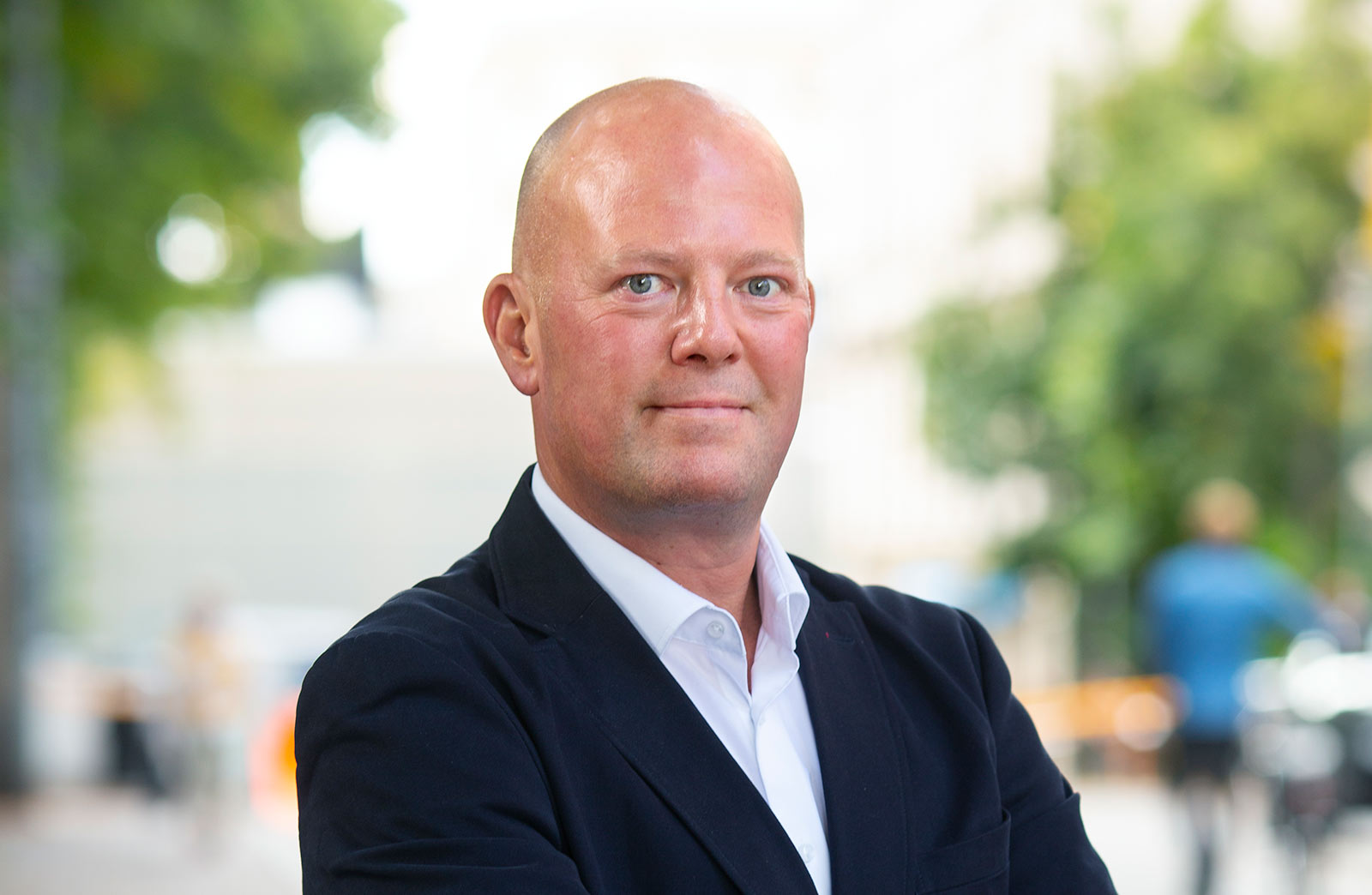SWEDEN’S ENERGY-INTENSE INDUSTRY'S ELECTRICITY NEEDS
The energy intense industry accounts for almost a third of Sweden’s electricity demand
In 2022, the electricity demand in Sweden was 137 TWh of electricity excluding transmission losses, which amounted to 10.2 TWh. The energy intense industry accounts for almost a third of electricity consumption in Sweden. In 2022, the sector consumed more than 46 TWh of electricity, with energy intense industries accounting for the absolute majority of electricity use. About 70% of industrial electricity consumption takes place in Sweden’s two southern electricity regions, SE3 and SE4. (Sweden is divided into four regions in terms of electricity distribution, SE1, SE2, SE3, and SE4).
Swedish industry needs 70 TWh more electricity by 2030
SKGS’s survey of Swedish industry electricity needs to 2030 suggests that around 70 TWh a year more electricity will be needed in 2030 compared to 2023. The increase is mainly due to electrification as a result of climate change. Primary sector industries represented by SKGS account for just under 64 TWh a year of this total.
Fossil-free steel has greatest impact on electricity demand
Sweden’s industrial sector is planning and implementing record levels of investment with the aim of phasing out fossil raw materials and fuels. Fossil-free electricity is the key to reaching Swedish and international climate targets. Climate change has led to new industrialisation, in which innovative Swedish companies are leading the way.
The amount of electricity used by Sweden’s primary sector is increasing overall, but steel and metal plants are driving by far the greatest increase, of around 35.1 TWh.
Electricity demand is increasing most in northern Sweden
The mining and steel industry in Norrbotten, (northern Sweden), is largely responsible for sharply increasing electricity demand in Sweden. The primary sector’s electricity consumption in SE1 will increase by 46.1 TWh by 2030. This substantial increase is primarily linked to the production of hydrogen for LKAB’s and H2 Green Steel’s production of fossil-free sponge iron, and SSAB’s conversion to fossil-free steel production.
The primary sector’s need for electricity is also set to increase in SE2 in the same period by 14.3 TWh. In SE3, the sector’s electricity use is expected to increase by 11.8 TWh by 2030. In SE4, the sector’s electricity consumption is expected to increase marginally by 0.1 TWh by 2030.
Northern Sweden’s electricity surplus to disappear
The large electricity-intensive investments planned in northern Sweden will spell the end of the significant surplus of electrical energy in SE1 and SE2. If no new electricity production is added, in addition to that planned until 2025, the electricity surplus will turn into a deficit in 2030. To meet the increased demand, an additional 1.0 TWh of production will be needed annually between 2026–2030 in northern Sweden.
Southern Sweden currently has an electricity deficit that needs to be filled by electricity from other areas, in particular northern Sweden. If no new electricity production is added in SE3 and SE4, increased electricity demand will lead to the deficit increasing from -8 TWh in 2025 to -18 TWh in 2030. To be in balance in 2030, an annual increase of 4.4 TWh of new electricity production is needed every year between 2026 and 2030.
Substantially increased power requirement to 2030
Industry’s sharply increasing need for electricity undermines the power balance at peak periods when electricity demand is at its highest. The additional power requirement by 2030 is set to increase by more than 8,000 MW, of which a little less than 5,000 MW is needed for hydrogen production. The additional effect of existing investments in new electricity production to 2030 will increase available power by only 1,000 MW.
A sharply increasing power deficit means that the risk of an acute power shortage increases on days when electricity consumption is at its highest. The number of days when the network is under pressure and when electricity prices are higher also increases as electricity consumption increases.
Even if hydrogen production is assumed to be 100 per cent flexible and can be stopped when the electricity supply is under pressure, the increased need for electricity from industry will lead to a worsening power balance of around 2,000 MW by 2030.
Despite the expansion of wind power, its lack of consistency makes it unlikely that it can used to provide sufficient power at peak load times, which typically occur in the coldest periods of winter, which tend to be relatively windless. The risk of a power shortage as a result of electricity demand exceeding production is greatest in southern Sweden. Bottlenecks in the main grid make it difficult to transfer sufficient power from the north to the south of Sweden. In order to improve the power balance, expansion of planned electricity production in southern Sweden is a matter of urgency.
Contact person






